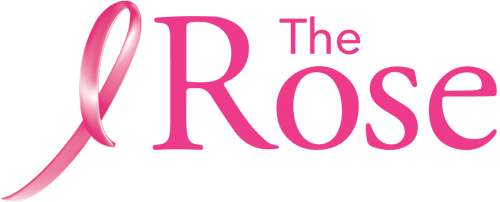FAQs
Understanding Breast Cancer
All women are at risk for breast cancer. The majority of women diagnosed with breast cancer have no other known risk factors.
A personal history of breast or ovarian cancer, a relative who had breast cancer before menopause or in both breasts, a personal history of breast biopsy showing atypical hyperplasia or carcinoma in situ, being young at the time of your first period, starting menopause later, never being pregnant or having your first child after age 30 and having the mutated breast cancer gene BRCA1 or BRCA2.
Learn everything you’ll need for your appointment on our Preparing for Your Visit page.
The truth is the majority of women diagnosed with breast cancer don’t have a family history of breast cancer. However, if your mother, sister, daughter or grandmother had breast cancer your risk is significantly increased.
Thermography doesn’t work.
The Federal Drug Administration (FDA) has issued a warning that thermography should not be used in place of a mammogram for breast cancer screening. As stated by the FDA, “there is no valid scientific data,” that shows thermography is effective at breast cancer detection. Most certainly, it should not be used alone as a diagnostic tool.
Simply stated: A mammogram is the only method proven to increase the likelihood of survival.
There is no replacement. Get regular mammograms (x-rays of breast tissue) as often as is recommended by your doctor. At The Rose, we use the latest in advanced breast cancer screening tools, like 3D mammography, which has shown a 40% increase in cancer detection rates. This service is available in our permanent locations as well as through our mobile Coaches.
See the FDA warning here.
According to the American College of Radiology, the benefits of annual mammograms far outweigh any risks that may occur because of the minute amount of radiation used during this screening and diagnostic procedure.
Just the opposite is true. Breastfeeding may decrease the risk of perimenopausal breast cancer.
Set up an action plan that will include:
• An annual mammogram starting at age 40 and continuing as long as you are in good health.
• Clinical breast exam every year by your doctor or nurse if you are age 40 or older, every three years if you are in your 20s or 30s.
• Breast awareness so that you will notice any breast changes and report them to your doctor without delay. Breast self-exams are an option for finding changes.
A clinical breast exam is performed by a trained medical professional, includes visual examination and palpation (feeling) of the entire breast and underarm area, and is performed in both sitting and lying down positions. Women age 40 and older should have both a clinical breast examination and mammogram each year.
The best time to do a breast self-examination is the same time each month. For menstruating women, the self-exam should be performed after the menstrual period has ended when the breasts are less tender.
While it’s true that breast cancer risk increases as you get older, the fact is that women of all ages are at risk for breast cancer. We are seeing an increasing number of women under 40 diagnosed with breast cancer.
Get Involved
Referring Physicians
More than 3,000 physicians refer their patients to The Rose. They know that after more than 25 years of operation, The Rose understands the value of quality breast health care. Visit our referring physicians page to download necessary forms.
